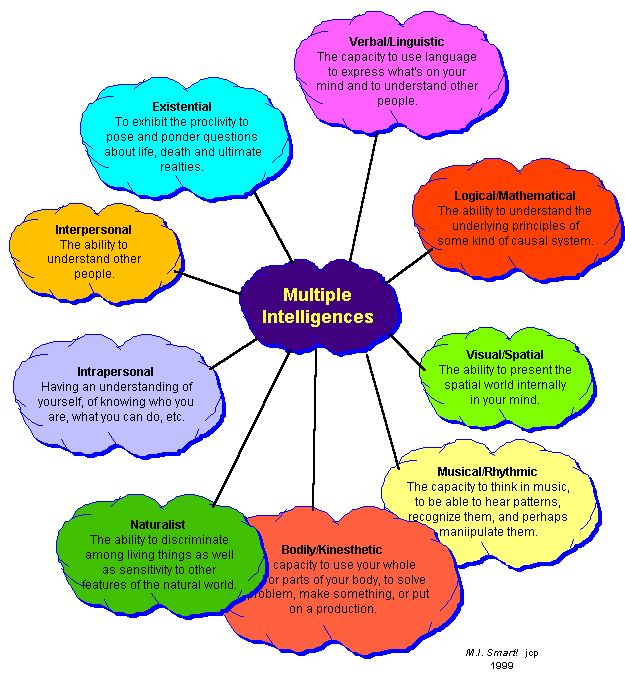LEARNING MODES & DOMAINS
Tactile: Students will use various forensic tools to analyze DNA, fingerprints, and weapons/weapon use. Students will model the trajectories of the possible paths of the bullets fired. Students will create data tables or graphs showing data that they collected. Visual: Students will match discovered evidence by using software and other resources (internet databases) to match discovered forensic evidence. Students will model the trajectories of the possible paths of the bullets fired by showing a visual representation. Students will use a camera to take photos for evidence. Auditory: Student will listen to others while observing the crime scene. Students will record their voices and listen to the recorders regarding what they saw or others saw in the crime scene.  Psychomotor: Students will collect data and record their observations from the crime scene. Students will use forensics equipment such as a fingerprinting kit for evidence. Affective: Students will work in groups to analyze data within the crime scene. Crime Scene has real world applications. Cognitive: Students will collect and analyze data using various sterile tools. Accurately analyze the data using mathematical interpretation. This page is maintained by Shannon O'Donnell, Jon Cotugno, Justin Ingerick who is solely responsible for its content. The views represented here should not be taken to be a statement of SJFC. SJFC wishes to allow the campus community the greatest possible freedom to use these resources creatively and responsibly. Accordingly, all faculty and staff members are solely responsible for the content of their web pages. Faculty and staff members are expected to conform to the policy guidelines of SJFC as outlined in Policy to Govern Use of St. John Fisher College's Internet/Intranet by the College's Faculty & Staff. Official College policies and requirements are found in official College publications or on official College web pages. |